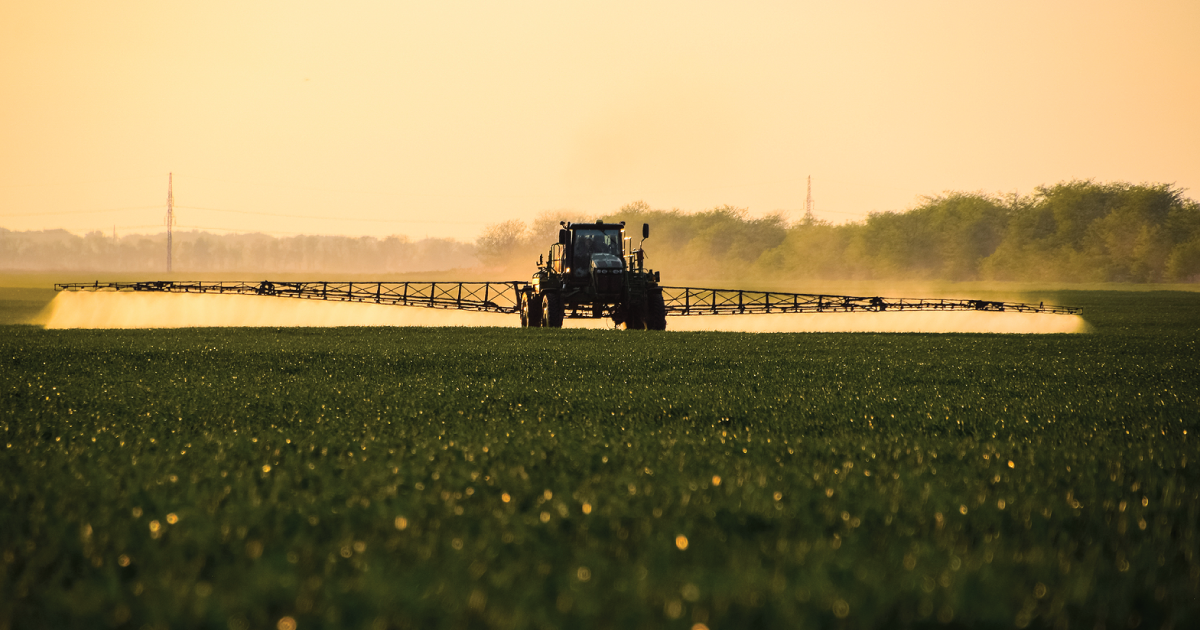
Industrialized Farming Has Unleashed an Insect Apocalypse
Pesticides are not the only problem insects face in the modern world. Ongoing habitat loss — particularly of tropical forests — and the spread of invasive species and non-native insect diseases are all taking their toll.
April 1, 2023 | Source: Truthout | by Dave Goulson
Most of us are familiar with the story of the passenger pigeon, so numerous in the late 1700s that flocks of billions of birds darkened the sky for hours as they passed. Humans exterminated them in a little over 100 years, the last wild passenger pigeon being shot in 1901. In contrast, few have ever heard of the Rocky Mountain locust, but its story is similar. Once very common, swarms would occasionally erupt from their core range in the eastern Rocky Mountains, spreading eastward across the Great Plains. In 1875, a particularly large swarm of this grasshopper was estimated to contain perhaps 12.5 trillion individuals, possibly the most common organism ever witnessed by man. Within just 28 years it was extinct, the last one being recorded in 1902. The cause of this most dramatic of extinctions is unclear, but it seems that the core breeding ground of this species was river valleys in Montana and Wyoming, where the locust laid its eggs in sandy soils. These areas were fertile and easily cultivated, so were among the first settled and ploughed by farmers, destroying the eggs of the insect.
